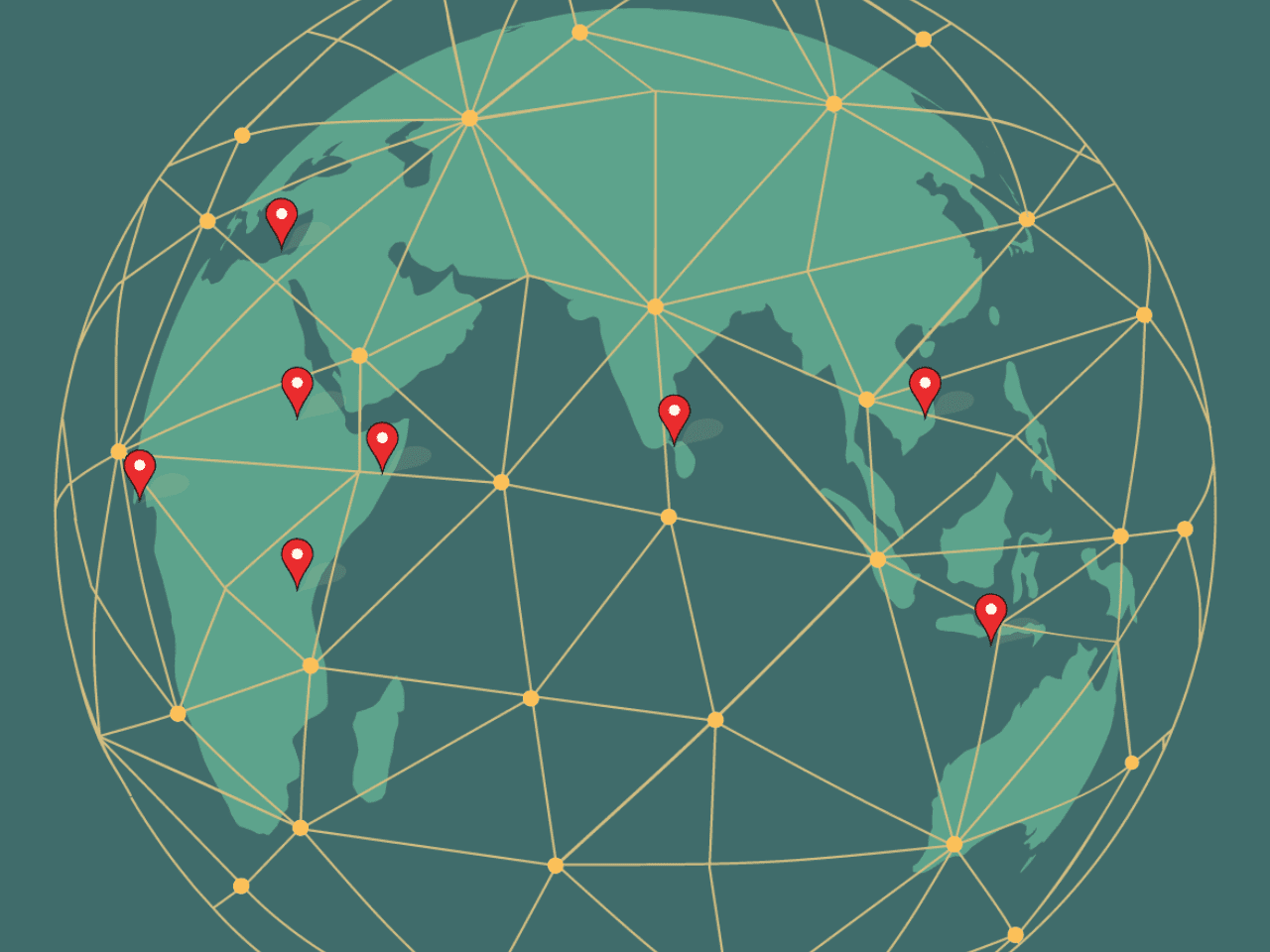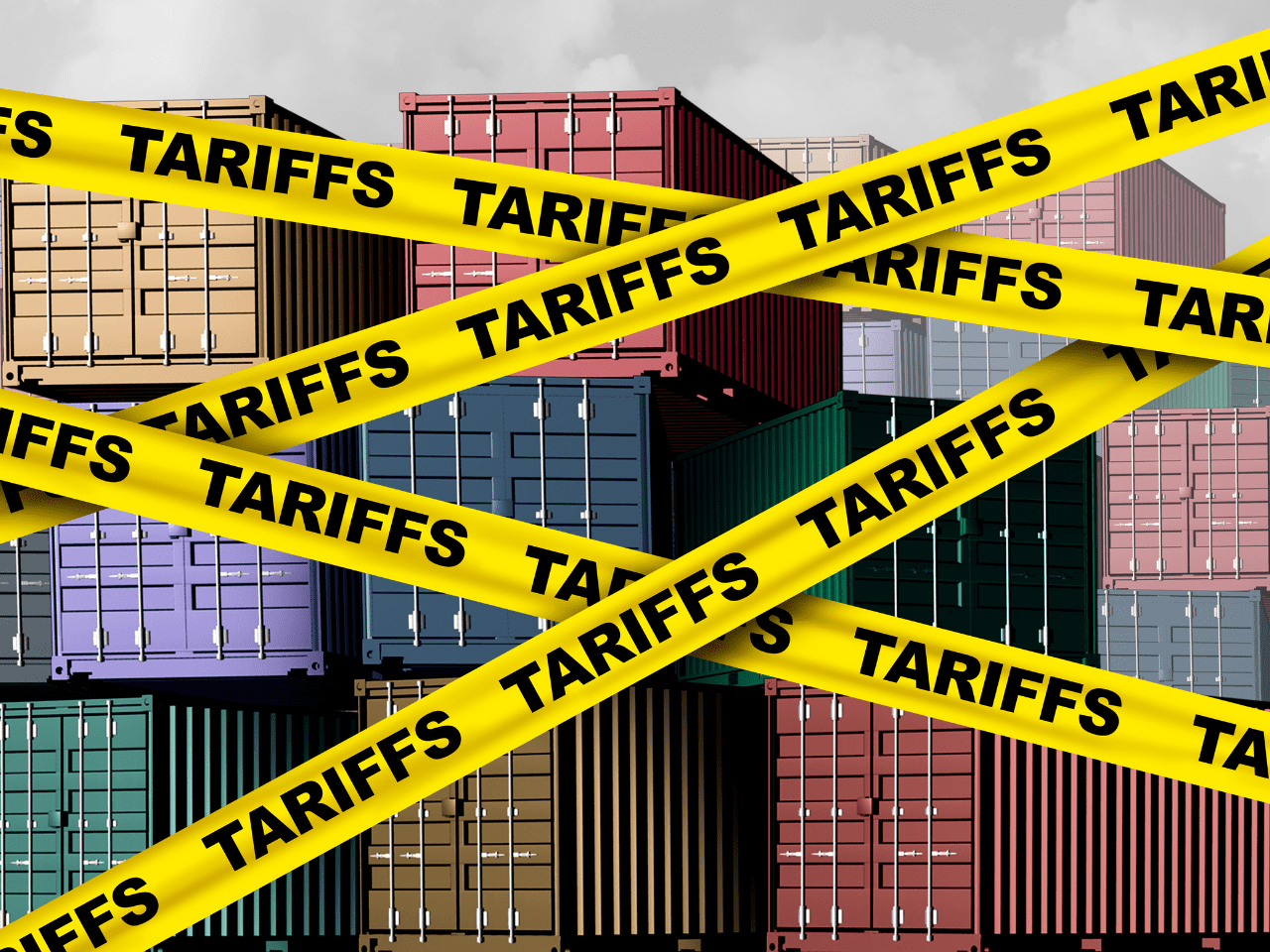Supply Chains: The Lifeline of Businesses
In today’s interconnected global economy, supply chains are the lifelines of businesses, facilitating the seamless flow of goods and services. However, as we move through 2025, the landscape of supply chain risk is becoming increasingly complex. Factors such as geopolitical tensions, environmental challenges, technological advancements, and evolving regulations are converging to create a multifaceted risk environment. Understanding and mitigating these risks through comprehensive supply chain management strategies is essential for organizations aiming to maintain resilience and competitive advantage.
The increasing frequency of supply chain disruptions has prompted organizations to re-evaluate their approaches. In the first half of 2024 alone, documented disruptions increased by 30% compared to the same period in 2023.
As organizations navigate this complex landscape, adopting a holistic approach to supply chain risk management becomes imperative. By enhancing visibility across the supply chain, fostering collaboration with stakeholders, and leveraging advanced technologies for real-time monitoring and predictive analytics, businesses can proactively address potential disruptions. This strategic approach mitigates risks and positions organizations for sustainable growth in an increasingly volatile global market.
Geopolitical and Economic Disruptions

One of the most persistent supply chain risks heading into 2025 is the impact of geopolitical instability.
As of 2025, the global economy is projected to expand by 2.7% in both 2025 and 2026, maintaining the same pace as in 2024. However, this is considered insufficient to foster sustained economic development. This is due emerging market and developing economies facing challenges such as heightened policy uncertainty, adverse trade policy shifts, and geopolitical tensions.
In parallel, geopolitical tensions remain high. The ongoing conflict in Ukraine, trade decoupling between the US and China, and unrest in shipping chokepoints like the Red Sea and Suez Canal are all introducing new vulnerabilities.
This highlights the importance of diversifying supplier networks, enhancing real-time monitoring capabilities, and developing contingency plans to navigate the complex and evolving geopolitical and economic landscape.
Environmental and Climate Challenges

The increasing frequency and severity of climate-related disruptions are now recognised as one of the most pressing forms of supply chain risk. From floods and wildfires to droughts and extreme heat, these events have a direct impact on supplier operations, transportation routes, and inventory availability.
According to the UN Office for Disaster Risk Reduction, climate disasters caused over $200 billion in global economic losses in 2024 alone. This trend is expected to continue as global temperatures rise and weather patterns become more volatile.
Furthermore, climate-induced disruptions are projected to cost supply chains up to $25 trillion in net losses by mid-century, emphasizing the need for proactive risk mitigation strategies.
To mitigate these risks, companies are advised to diversify their supplier base, invest in climate-resilient infrastructure, and incorporate environmental risk assessments into their supply chain management practices. Leveraging predictive risk managment can also aid in anticipating and responding to climate-related disruptions, enhancing overall resilience.
Cybersecurity and Technology Risks

As digital transformation accelerates, technology has become both a vital enabler and a critical vulnerability within supply chains. While digitisation improves efficiency and visibility, it also introduces a growing set of cyber threats that can severely disrupt operations. This is particularly true in complex, multi-tiered global supply chains.
Between 2021 and 2023, supply chain attacks surged by a staggering 431%, and projections indicate this number will continue to rise dramatically in 2025. High-profile breaches disrupted everything from shipping to food processing, underscoring the systemic risk posed by a single weak link in the digital supply chain.
Supply chain risk is no longer limited to physical goods, it extends into data integrity, digital continuity, and network security. According to Gartner, 45% of organisations worldwide will have experienced attacks on their software supply chains by 2025, a threefold increase from 2021 levels
For supply chain management teams, mitigating cybersecurity risk means going beyond IT and embedding digital risk management across procurement, compliance, and operations.
As supply chains become more interconnected, cyber resilience will be a defining factor in long-term operational stability and trust.
Regulatory Compliance

Evolving regulations and rising expectations around Environmental, Social, and Governance (ESG) performance are reshaping how organisations approach supply chain risk management in 2025.
From the EU’s Corporate Sustainability Reporting Directive (CSRD) to the UK Procurement Act, businesses are now expected to map, validate, and report risks across their entire value chain. Under CSRD alone, an estimated 50,000 companies across Europe must now report on value chain sustainability, including Scope 3 emissions and supplier-level data
In the UK, the Procurement Act 2023 came into force in February 2025, requiring regulated buyers to adopt more transparent and accountable procurement practices. A growing number of organisations are also aligning with sector-specific pre-qualification standards such as the Common Assessment Standard (CAS) used in UK construction. This is to reduce duplication, improve supply chain visibility, and embed ESG into supplier onboarding.
While CAS provides a strong compliance framework, many organisations are going further by combining it with tools that offer greater customisation and analytics. This enables them to assess supplier risk based on what matters most to their business.
Labour and Human Rights Risk

Human rights and labour practices remain critical focus areas within supply chain risk management. For many organisations, unethical practices such as unsafe working conditions, exploitation, and modern slavery exist not in direct operations, but deep within complex, multi-tier supply chains.
According to data from Achilles’ Ethical Business Programme, 33% of workers globally reported receiving informal employment arrangements, while 32% of individuals in UK construction said they did not receive formal terms and conditions of employment often relying on verbal or text agreements instead. These figures highlight the persistent challenge of ensuring ethical employment across supply chains, especially where oversight is limited.
Achilles supports this work through its Ethical Business Programme, which has conducted over 10,000 site-based worker interviews across more than 30 countries.
Our “boots-on-the-ground” model enables buyers to spot patterns such as high-risk roles, nationalities, or locations and take preemptive action. It also supports remediation through performance reporting, allowing businesses to monitor supplier improvement and reduce exploitation risks over time.
Embedding these capabilities into your wider supply chain risk mitigation strategy is essential. Ethical sourcing is a cornerstone of responsible supply chain management and stakeholder trust.
Managing Supply Chain Risk in 2025 Requires a Holistic Lens
The nature of supply chain risk in 2025 is more complex, interconnected, and fast-moving than ever before. From geopolitical shocks and climate disruption to cybersecurity threats and human rights violations, the pressure on businesses to anticipate and manage risk has never been greater.
What’s clear is that traditional approaches are no longer enough. Effective supply chain management now demands a holistic view. It need an approach that goes beyond transactional compliance to enable real-time visibility, predictive analytics, and continuous improvement across all tiers of the value chain.
Whether you’re aligning with CAS, preparing for CSRD, or responding to Procurement Act requirements, the organisations best positioned for success are those that treat risk mitigation not as a checklist, but as a strategic advantage.
By investing in systems that connect people, data, and decision-making across your supplier network, you don’t just reduce exposure but also you build resilience, reputation, and readiness for whatever comes next.


